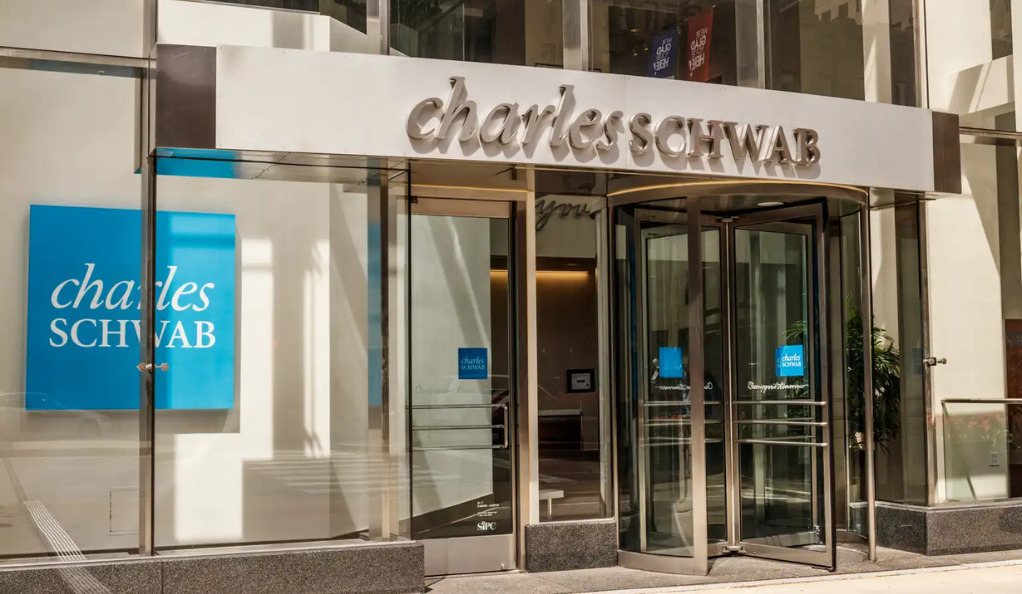Charles Schwab Corporation, a leading brokerage and banking services provider, recently announced its second-quarter earnings for the year. The results were a mixed bag, with some positive aspects and some areas of concern. This article will provide an overview and analysis of Charles Schwab’s Q2 earnings, highlighting key points and trends.

Financial Performance
In terms of financial performance, Charles Schwab reported a strong quarter with net revenue of $4.45 billion, representing a 57% increase compared to the same period last year. This surge in revenue was primarily driven by the company’s acquisition of TD Ameritrade, which contributed $1.6 billion to the total. However, when excluding the impact of the acquisition, net revenue only grew by 8% year-over-year.
While the revenue growth is impressive, there were some challenges in other key financial metrics. Charles Schwab’s net income for the quarter came in at $1.30 billion, which is a 27% decrease compared to Q2 2020. This decline can be attributed to higher expenses, including integration costs related to the TD Ameritrade acquisition. Additionally, the company’s earnings per share (EPS) also dropped by 26% to $0.88, missing analysts’ expectations.
Client Activity and Asset Management
Charles Schwab experienced robust client activity during the second quarter, reflecting the strong market conditions and increased investor participation. The company reported total client assets of $7.4 trillion, a 10% increase compared to the previous quarter. Moreover, the number of new brokerage accounts opened during the quarter reached a record high of 1.7 million, demonstrating the strong demand for Schwab’s services.
In terms of asset management, Charles Schwab reported $4.7 trillion in total net assets under management (AUM), representing a 33% increase year-over-year. This growth was primarily driven by market appreciation and net inflows from clients. However, the company experienced net outflows of $14.8 billion in its mutual funds and exchange-traded funds (ETFs), which is a concern as it indicates some investors may be withdrawing their investments.
In conclusion, Charles Schwab’s Q2 earnings showcased both positive and negative aspects. While revenue surged due to the TD Ameritrade acquisition, net income and earnings per share declined, primarily due to higher expenses. The company experienced strong client activity and growth in client assets and net AUM. However, the net outflows from mutual funds and ETFs are an area of concern that requires further analysis. Investors will be keeping a close eye on the company’s strategies to mitigate expenses and retain clients while navigating the evolving market conditions.
ChesWorkShop commits to presenting fair and reliable information on subjects including cryptocurrency, finance, trading, and stocks. However, we do not have the capacity to offer financial guidance, advocating instead for users to conduct their own diligent research.
